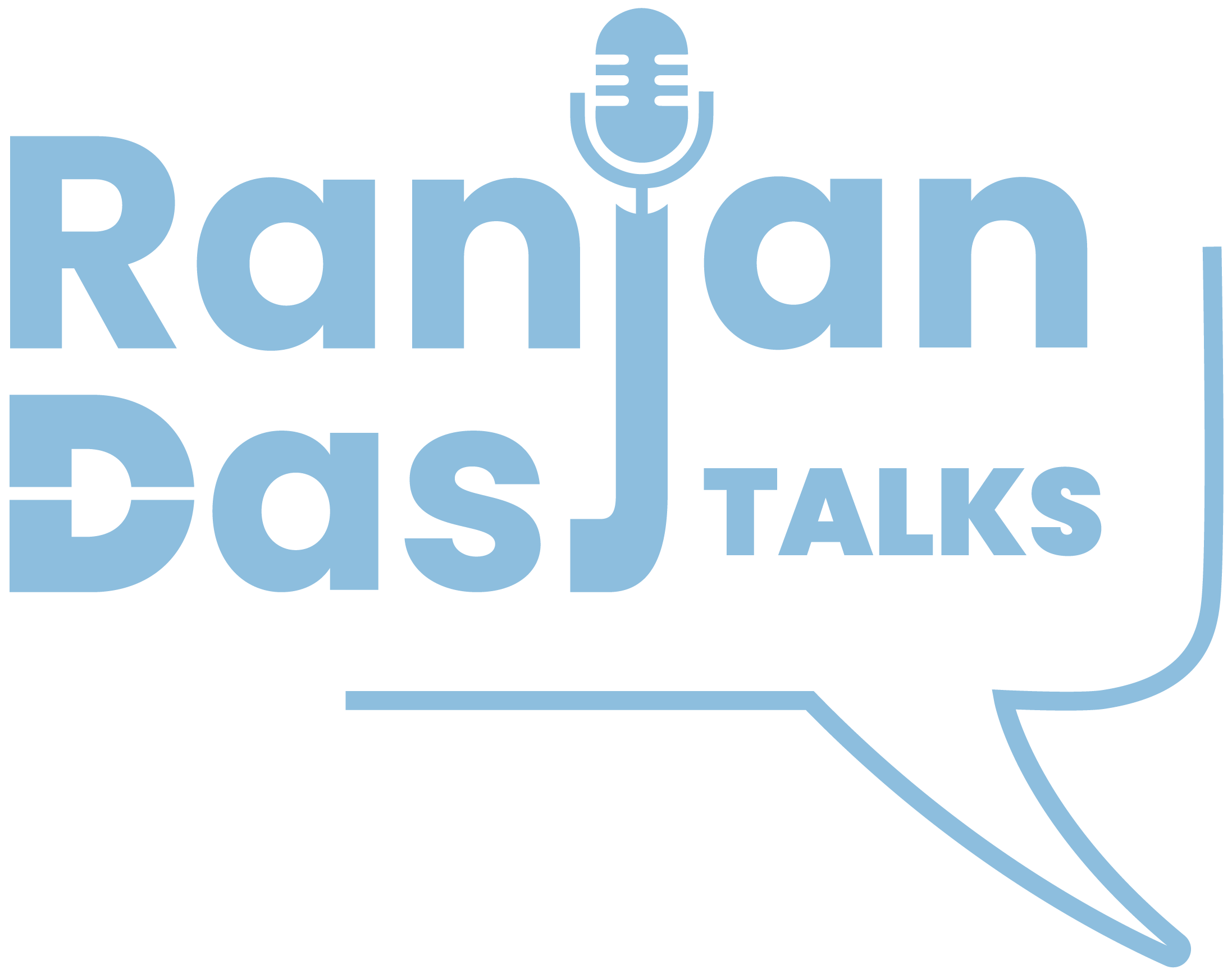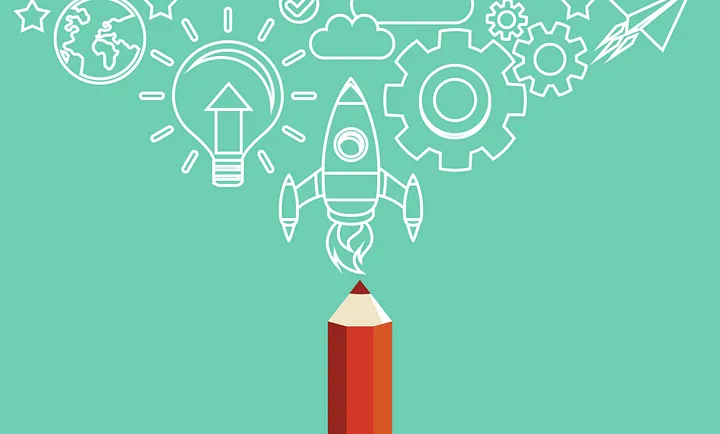
Blog
Does Your Brand Really Need That Revamp?
A brand revamp comes at a hefty cost and a million other parameters to look into. Unless really necessary, are these brand revamps really worth all the money?

Ranjan Das
· Posted: 2021-12-12
Posted: 2021-12-12

A brand’s identity dictates how consumers perceive it and differentiate it from the others in the market. The visible brand elements like logo, typography, colors, icons etc. are effective ways to communicate to the consumer what the brand really stands for, its values, aspirations and goals. Therefore, creating an excellent brand includes strategizing a thoughtful and insightful brand identity that speaks for itself. It’s also important that the brand identity and its elements are easily understood and recognized by the customer.
But since change is the only constant and the business landscape today is highly dynamic with the change in technology, work habits, organizational structure etc. it’s important that the brands don’t stay stagnant with their look, approach, pull and USPs. Consumers’ needs are growing, rather than changing. They are more educated than ever and wish to make conscious choices that align with their values and outlook. Therefore, small and big corporations have to redefine how they produce and sell products and progress towards choices as well as representation of their brand in a more conscious way.
In the recent past, several big corporations have revamped their brands to suit the consumer’s needs and opinions, in order to get socially accepted and prove to the target audience that the brands are listening to them. These revamps have cost a fortune, be it a logo redesign or complete brand revamp and while for some of them it was absolutely necessary and reaped great benefits, others are just questionable in the first place. To ascertain the same, let’s analyze the various brand revamps that took place recently.
1. Facebook, one of the largest companies in the world, recently revamped and unveiled its new brand identity and name- Meta. More than just a new brand, Meta brings about a great shift in our social landscape. Introducing and conquering the ‘metaverse’, Meta states its vision and mission for the coming years through this revised version of Facebook.
2. Pfizer redesigned its logo in 2021, for the first time in 70 years. The new logo is an upgrade from the old one in terms of design, stating the shift in the company’s goal. Pfizer aims to be more than just a pharmaceutical company by shifting from commerce to science, which is clearly communicated through its new helix-shaped logo that resembles DNA.
3. The fast-food giant, Burger King, presented its new logo, which was minimalistic and basic, directing towards a more real & crave-able feel rather than a synthetic and artificial image being the logo.
4. Grofers very recently joined the brand revamp league by giving it’s brand a complete change in name, style, approach and proposition. Grofers, to promote its new proposition — quick commerce, named itself ‘BlinkIt’ and assures 10 minute delivery of most of the products ordered by customers.
While the above brands aimed at making a difference through their new brand identity, required or not, we will know in time but it was definitely an effort towards a positive change, there were other brands that had to rebrand themselves due to the public backlash.
As brands, it’s essential to understand and analyze whether consumer opinions should always shape your brand or not. While some insights may be highly sought after, some are simple and unreasonable demands and as brand marketers, understanding the difference between the both is necessary to save yourselves from spending outrageous amounts of funds in places that do not necessarily require it.
5. Myntra got caught in the controversy earlier this year when some customers decided to perceive the logo a certain way. The colourful ‘M’ of Myntra was objected to by a social worker with the claim of being “indecent, derogatory and denigrating to women” and forced the e-commerce giant to redesign its brand mark. The company decided to revise the logo and change it across platforms and packaging.
6. Earlier this year, another highly renowned brand, Amazon Prime slipped into a similar controversy that stemmed from people complaining that their logo resembled Adolf Hitler.
The company immediately announced that they would revise the logo and luckily for them, it was all digital and no such physical inventory was to be revamped, probably saving them some bucks in comparison to Myntra.
Various such cases have taken place in the past where a brand was forced to change its brand elements to suit the needs of the consumers. While some gave in, others decided to stand up for what the brand believed in, through effective communication and delivered their message.
The decision of changing the brand identity may vary from brand to brand, due to several reasons. Some do it as a result of a merger/acquisition, others may do it due to a change in management or to move away from a bad reputation. However, a timely and necessary revamp is the most careful decision that needs to be taken by brand marketers. This is so because a frequent change may lead your brand to lose its very identity, like Reebok.A brand that does not evolve may even get eliminated from the consumer’s consideration set, like Kodak. One of the major reasons for revamps to be thought through is the cost involved in the process. It costs no less than millions to revamp an entire brand, even if it is a logo redesign. In 2008, Pepsi redesigned its new logo, rotating the circular icon and highlighting a smile in it, which cost around $1million.
British Petroleum revealed its new logo in 2000, ditching their 70-year-old logo. The ‘Helios’, which was the new logo design was rumored to have been developed for around $211,000,000.
These are some outrageous amounts of money spent by big corporations and while it may vary for other brands based on their stature in the market, the revamping decision remains debatable.
Marketing is everything, products are
woven around it.